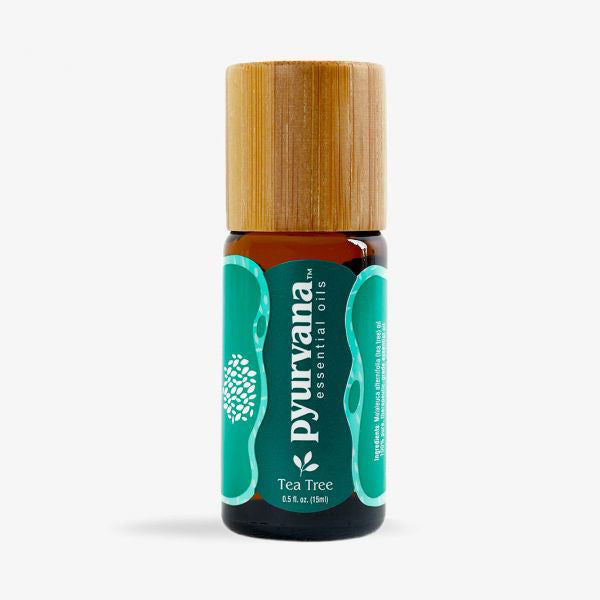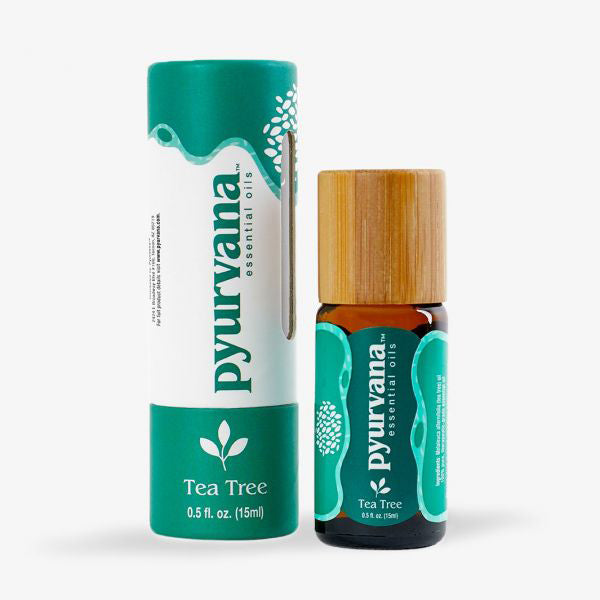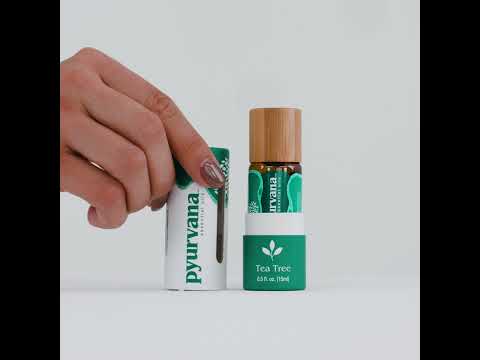Tea Tree Oil – 15ml
Tea Tree Oil – 15ml
Couldn't load pickup availability

Tea tree oil is well known for its rejuvenating and cleansing properties. It is also one of the most popular essential oils on the market today.
More Information



What is Tea Tree Oil?
Tea tree essential oil is extracted from the leaves of the Melaleuca alternifolia tree, which is native to Australia. Its scientific name comes from the Greek words “melas” (black) and “leukos” (white) to describe the contrast of its dark stems and white bark. Captain James Cook first gave the plant its common name, tea tree, in the 1770s because he saw the indigenous Bundjalung people of Eastern Australia using the leaves to prepare a healing tea.
Melaleuca alternifolia was used by the Bundjalung for centuries as a traditional medicine. They are believed to have used the leaves of the tea tree in a variety of ways: inhaling the oil to treat coughs and colds, using the leaves as a poultice on wounds and stings, as well as brewing an infusion of the leaves to make a tea for the treatment of sore throats. In fact, one of the areas that the tea tree grows in Australia is called Bungawalbyn, which translates to “healing ground.” In the 1920s and 1930s, there were several published reports of pure tea tree oil’s antimicrobial qualities, most famously by Arthur Penfold, a noted Australian chemist. Because of his research, tea tree oil became a household remedy in many Australian homes as well as a crucial part of every Australian soldier’s survival kit during World War II. This was most likely how the information about this oil was spread to the rest of the world.
In order to distill and purify our tea tree oil, we use steam distillation. The leaves are placed into a vat and steam is used to vaporize the volatile compounds that make up the essential oil. This vapor is then condensed and the oil is separated from water and purified.
Complementary Scents
Tea tree oil is very versatile and blends well with many different oils. Its fresh scent melds perfectly with bergamot, eucalyptus, grapefruit, and rosemary.
Primary Benefits
Tea tree oil is one of the most extensively researched and widely used essential oils and it is a must-have in every oil collection. It is reputed to cleanse, purify, and rejuvenate the skin, as well as to promote healing and relaxation. It can be used in a variety of body care products for skin, hair, and nails because of its moisturizing yet cleansing properties.
Tea tree’s herbaceous and crisp scent makes it a great choice for a natural deodorant. To make this, you should mix approximately 25 drops of tea tree oil with 3 tablespoons of coconut oil, 3 tablespoons of shea butter, ¼ of a cup of baking soda, and ¼ of a cup of cornstarch or arrowroot powder. Make sure to test this mixture on a small area so you can ensure that you are not sensitive to any of the ingredients.
Tea tree oil is perfect for use around the house and in natural cleaning products. Its fresh scent is ideal to make homemade air fresheners, deodorize rooms or objects, and to freshen linens. You can use it to make an essential oil cleansing spray that can be used for a wide range of cleaning tasks around the house.
How to Use Tea Tree Essential Oil
There are many ways that you can use tea tree oil. To diffuse it for aromatherapy, follow the suggested amount for your diffuser. Adding more than a few drops of this oil can lead to an overwhelming scent. If you would like, you can add other essential oils to your diffuser along with tea tree to create your preferred aroma blend.
Applied to the skin, make sure to dilute it with a carrier like olive, coconut, or jojoba oil. This maximizes the benefits and reduces irritation. We recommend about three drops of essential oil to one teaspoon of carrier oil. You can also use a lower concentration if you have sensitive skin.
Cautions
Applying products to the skin that contain tea tree oil and/or lavender oil might not be safe for young boys who have not yet reached puberty. This is because these products can have effects that could disrupt the normal hormones in a boy’s body. In some cases, this has resulted in boys developing gynecomastia or abnormal breast growth. The safety of these products when used by young girls is unknown.
Tea tree oil can be toxic to dogs and cats when it is diffused or used topically. For that reason, it should be closely monitored if you use it in your home and you should never use it directly on your pet. If your pet ingests tea tree essential oil or is acting differently than usual after you have used tea tree oil in your home, contact a veterinary professional or the Pet Poison Helpline.
Tea tree essential oil may cause skin irritation for some individuals, especially if used in concentrations that are higher than what is recommended. Pure essential oils can damage your skin if applied directly. You should always dilute pure oils before application. It is important to avoid applying tea tree oil, even if it has been diluted, to sensitive areas such as around your eyes, ears, or nose. Some people are more sensitive to the compounds in essential oils than others and allergies or other side effects may occur. Test the oil on a small area of skin first before applying more widely. If you notice an adverse reaction, stop use immediately and seek medical care.
Keep out of reach of children.
If you are pregnant, nursing, or under the care of a physician, consult your health care provider before using tea tree or any other essential oil.
This essential oil is for external use only and should not be ingested.
Pure essential oils are flammable and should be stored in a cool, dry location away from any open flames or excess heat.
What's Trending
-
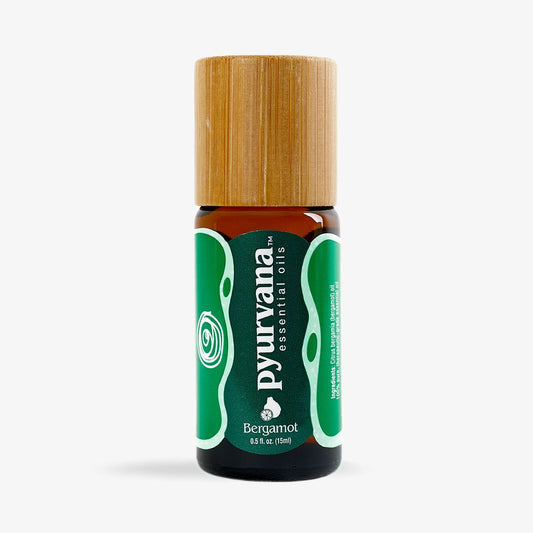 30%
30%
OFFBergamot Oil – 15ml
Regular price $16.10Regular priceUnit price / per$23.00Sale price $16.10Sale -
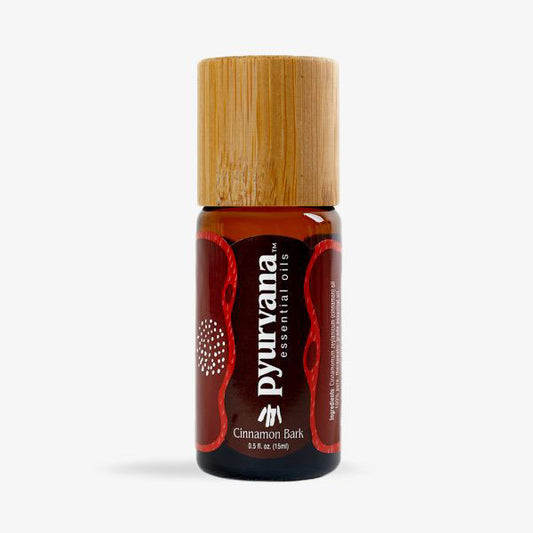 30%
30%
OFFCinnamon Oil (Bark) – 15ml
Regular price $14.00Regular priceUnit price / per$20.00Sale price $14.00Sale -
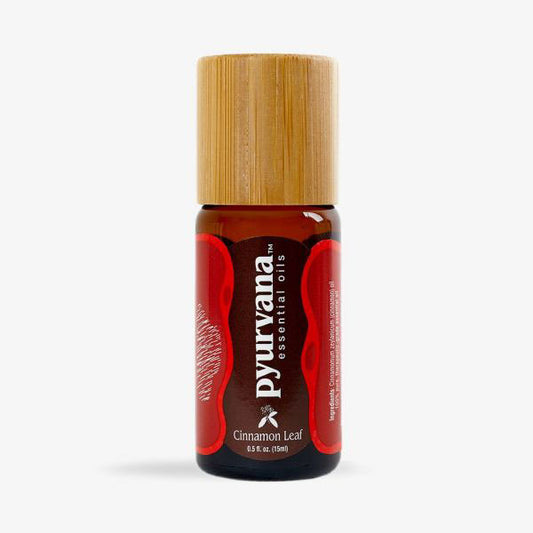 30%
30%
OFFCinnamon Oil (Leaf) – 15ml
Regular price $16.80Regular priceUnit price / per$24.00Sale price $16.80Sale -
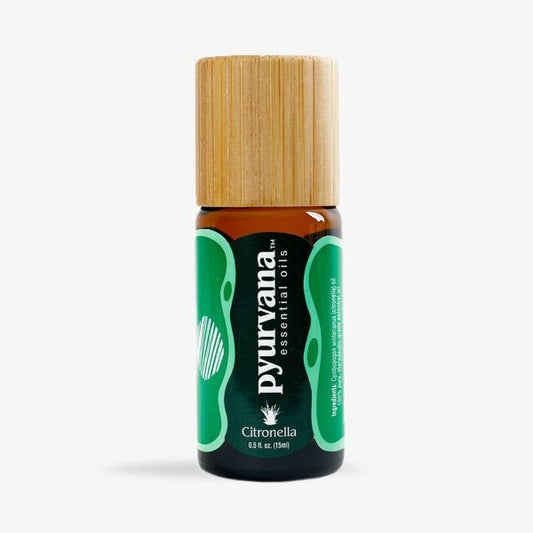 30%
30%
OFFCitronella Oil – 15ml
Regular price $10.50Regular priceUnit price / per$15.00Sale price $10.50Sale -
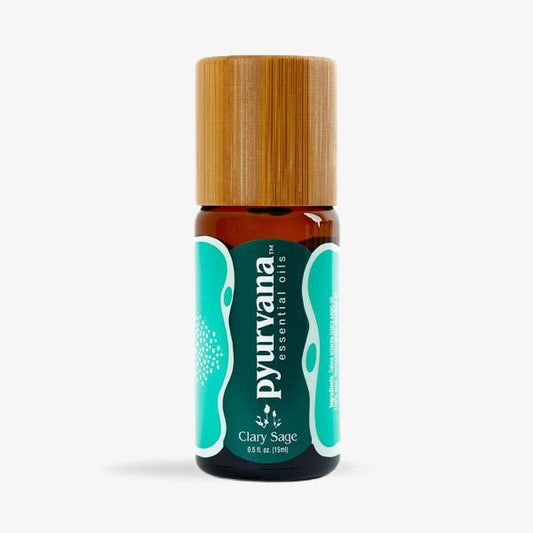 30%
30%
OFFClary Sage Oil – 15ml
Regular price $21.00Regular priceUnit price / per$30.00Sale price $21.00Sale

